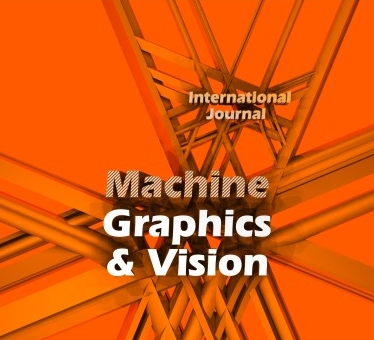W wyniku prac badawczych prowadzonych w ramach zadania 5 projektu RID powstał artykuł opublikowany w czasopiśmie Machine Graphics & Vision (MEiN 140 pkt.)
A. Paszkiewicz, M. Salach, D. Wydrzyński, J. Woźniak, G. Budzik, M. Bolanowski, M. Ganzha, M. Paprzycki, N. Cierpicki: Use of virtual reality to facilitate engineer training in the aerospace industry. Machine Graphics and Vision, 32(2), pp. 19–44. https://doi.org/10.22630/MGV.2023.32.2.2
Abstrakt:
This work concerns automation of the training process, using modern information technologies, including virtual reality (VR). The starting point is an observation that automotive and aerospace industries require effective methods of preparation of engineering personnel. In this context, the technological process of preparing operations of a CNC numerical machine has been extracted. On this basis, a dedicated virtual reality environment, simulating manufacturing of a selected aircraft landing gear component, was created. For a comprehensive analysis of the pros and cons of the proposed approach, four forms of training, involving a physical CNC machine, a physical simulator, a software simulator, and the developed VR environment were instantiated. The features of each training form were analysed in terms of their potential for industrial applications. A survey, using the Net Promoter Score method, was also conducted among a target group of engineers, regarding the potential of use of each training form. As a result, the advantages and disadvantages of all four training forms were captured. They can be used as criteria for selecting the most effective training form.







